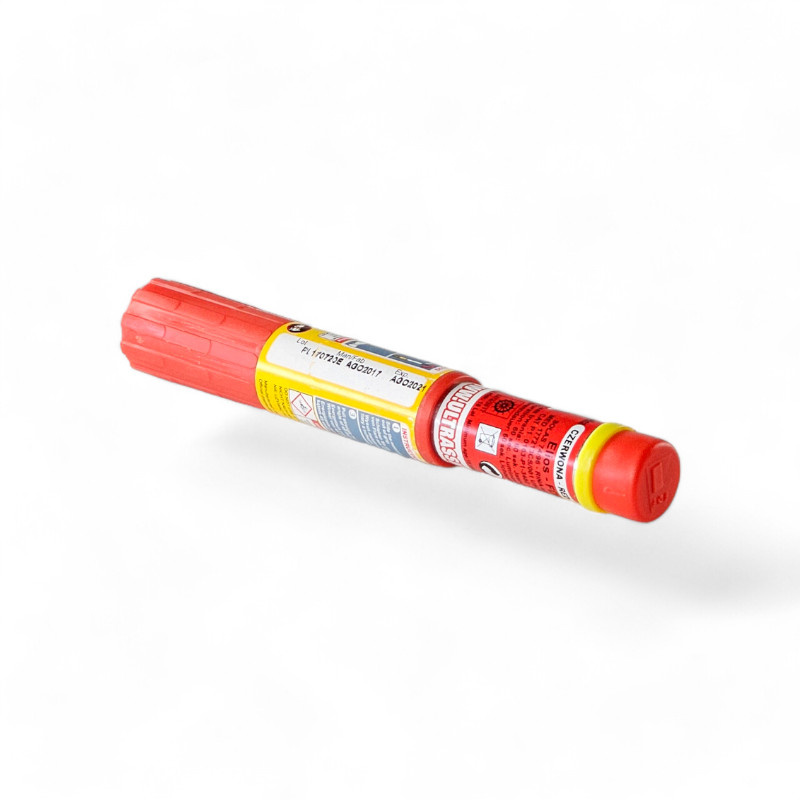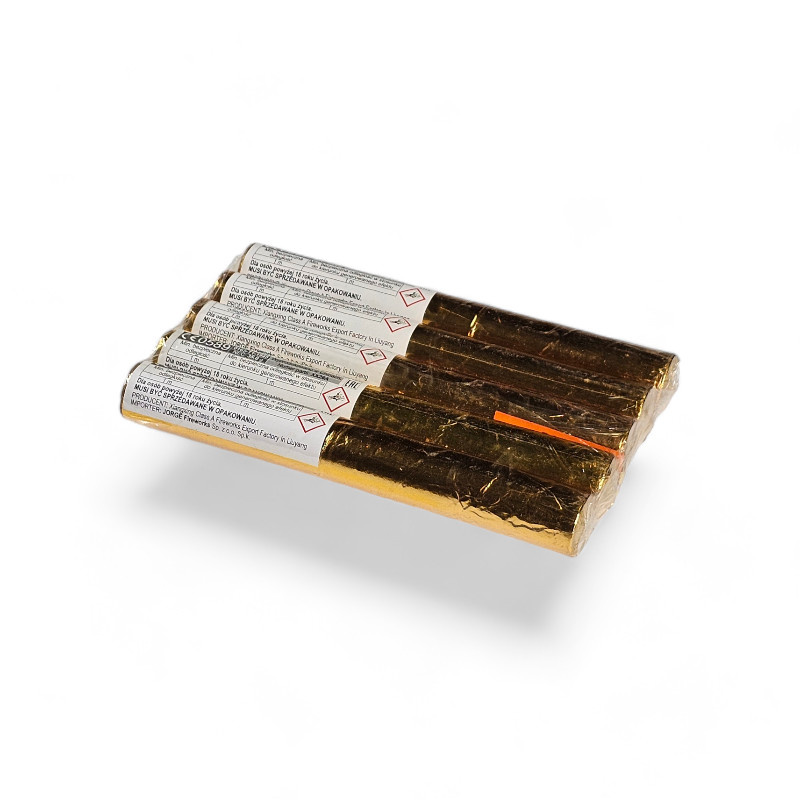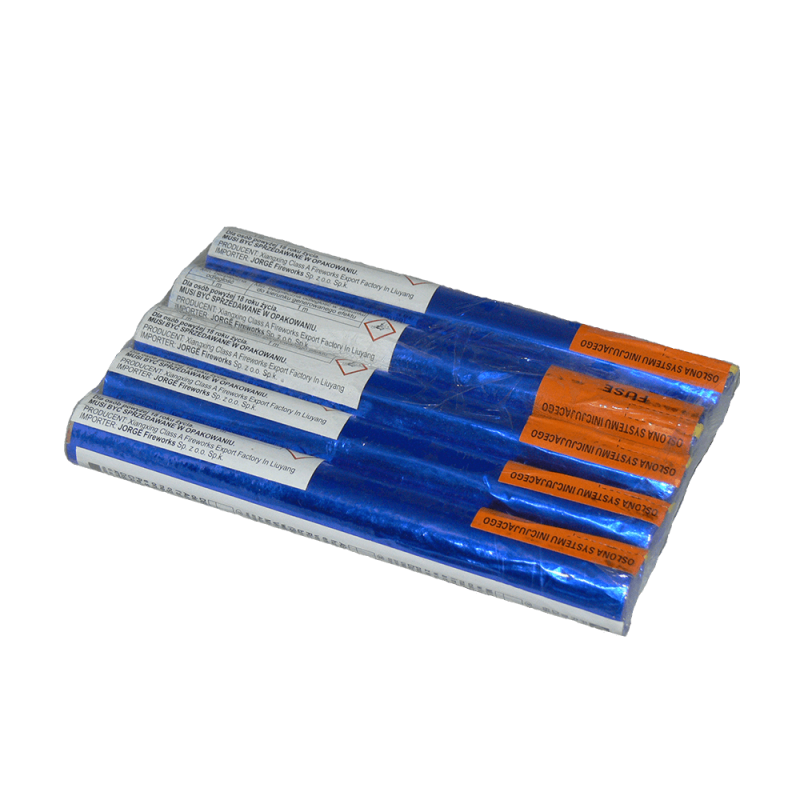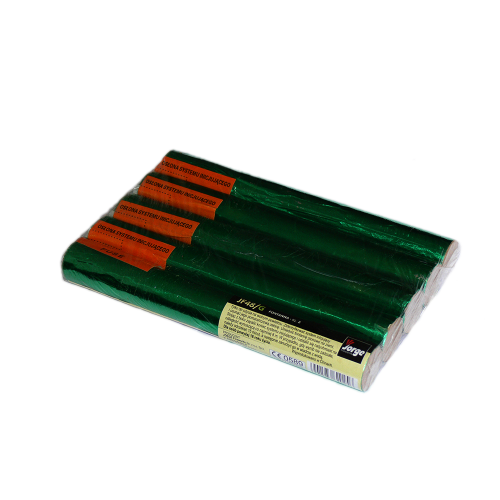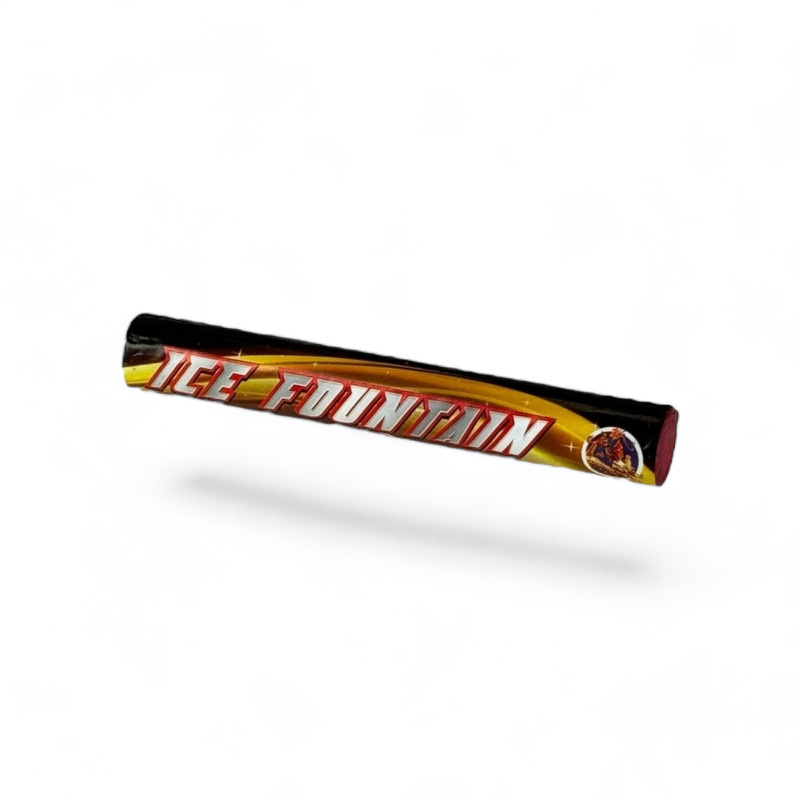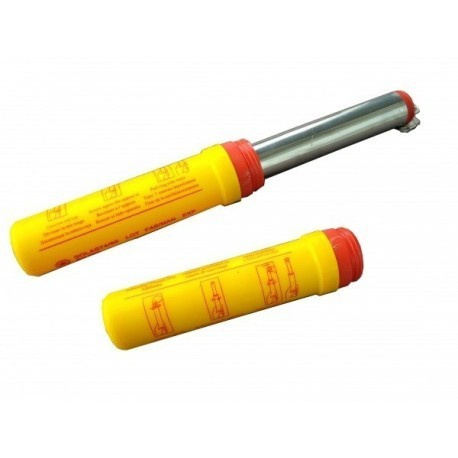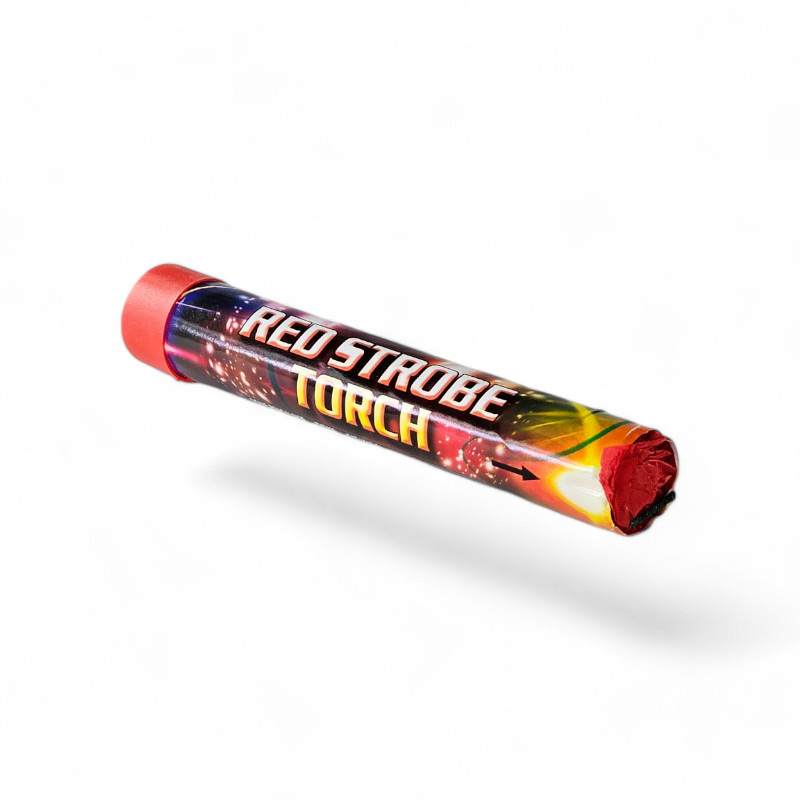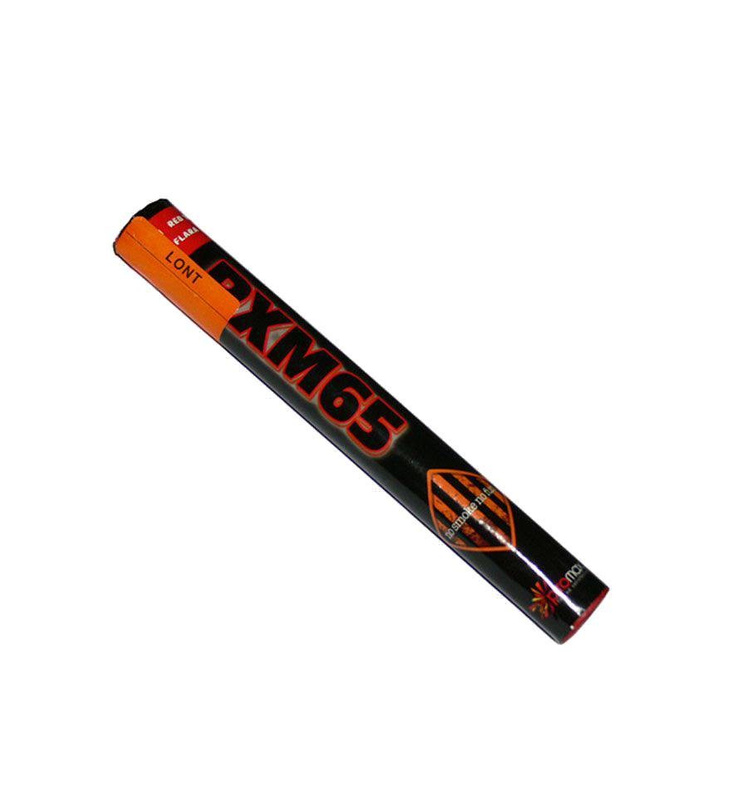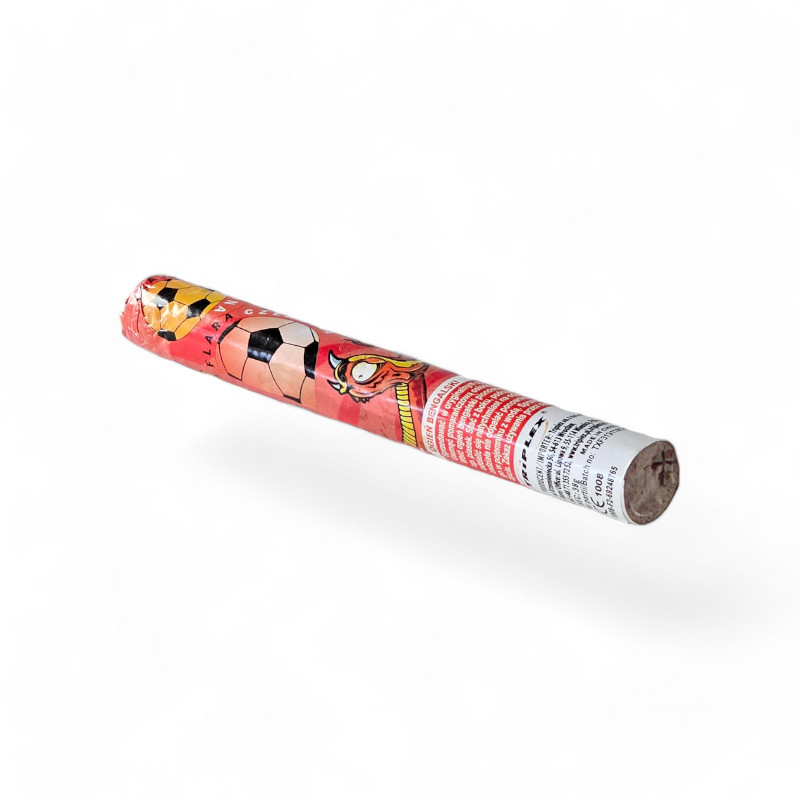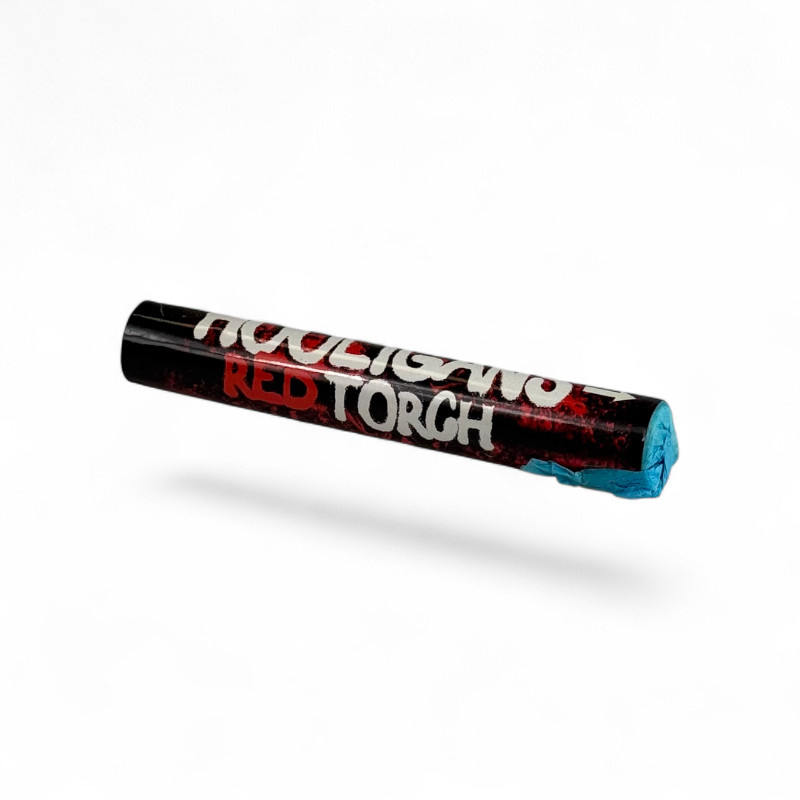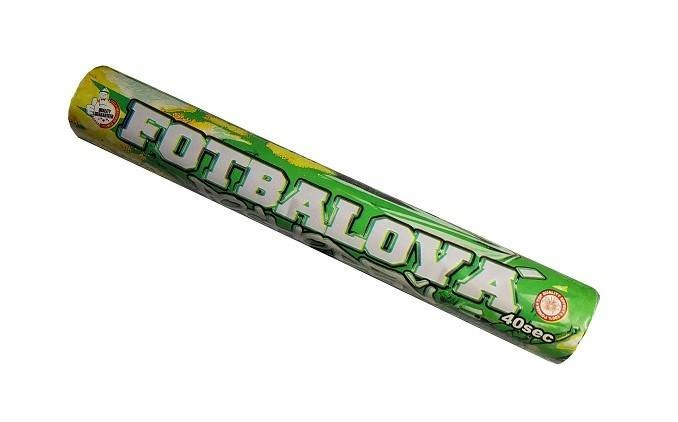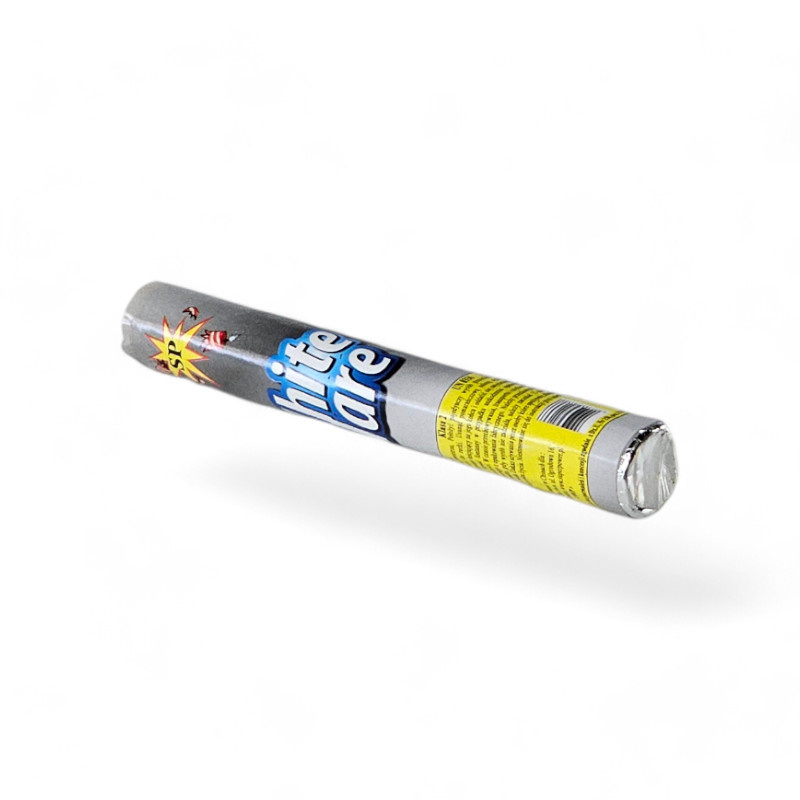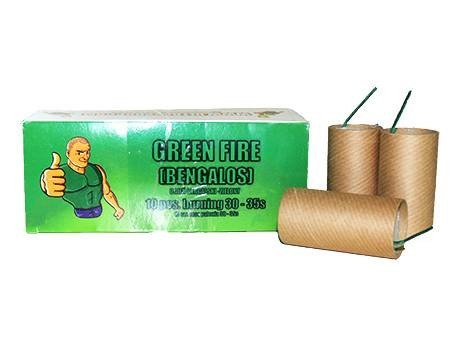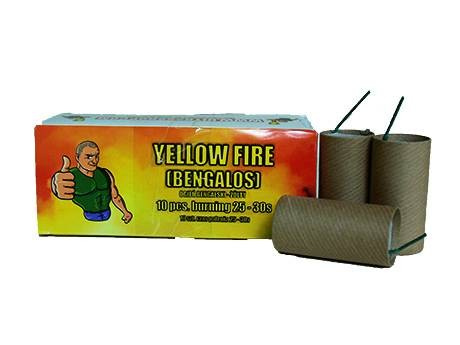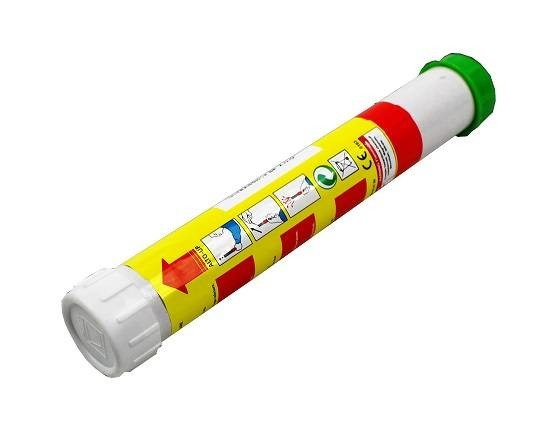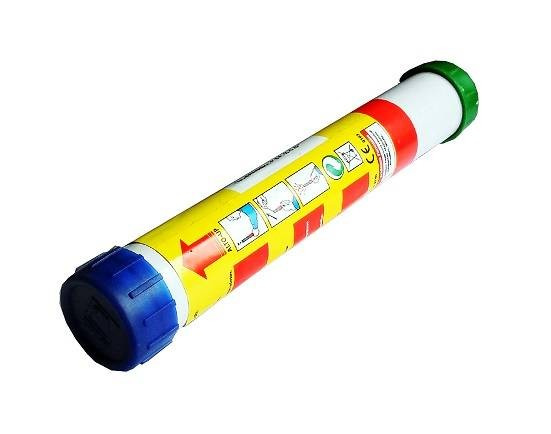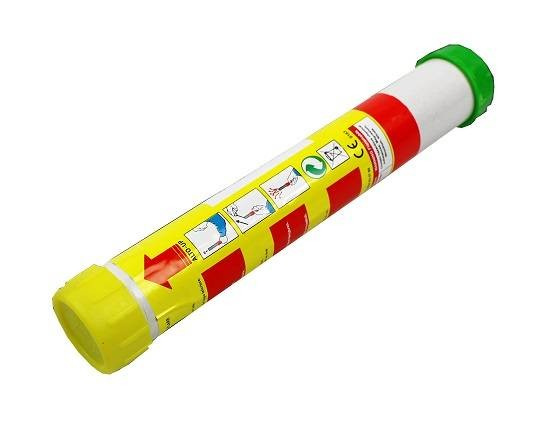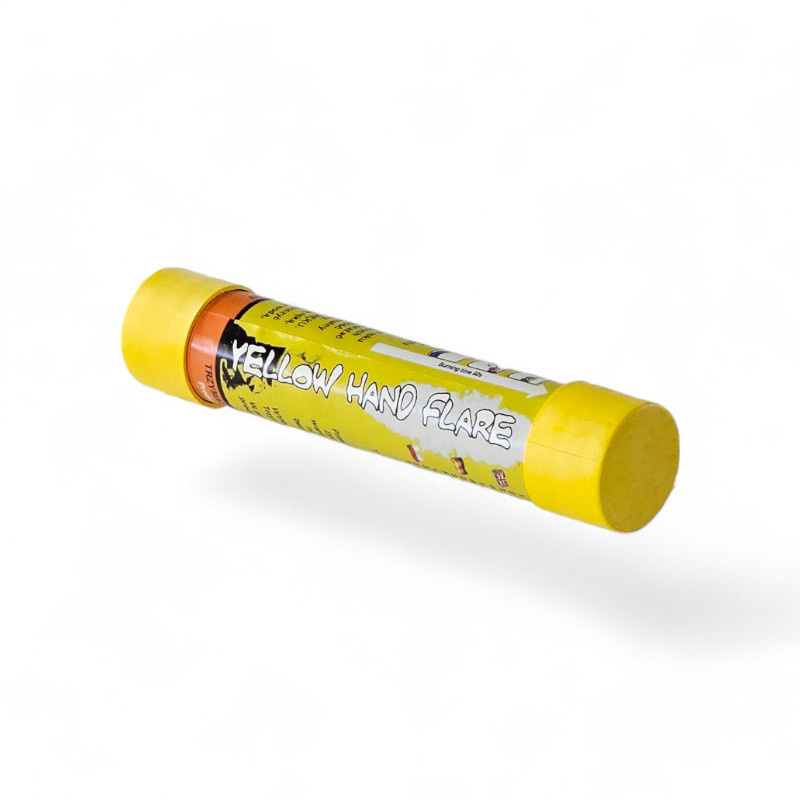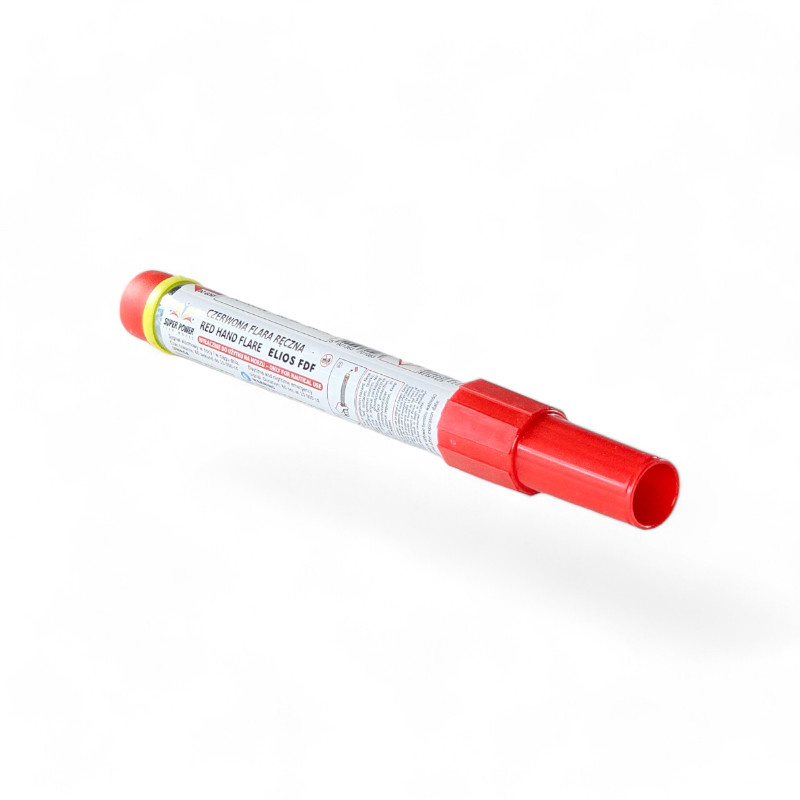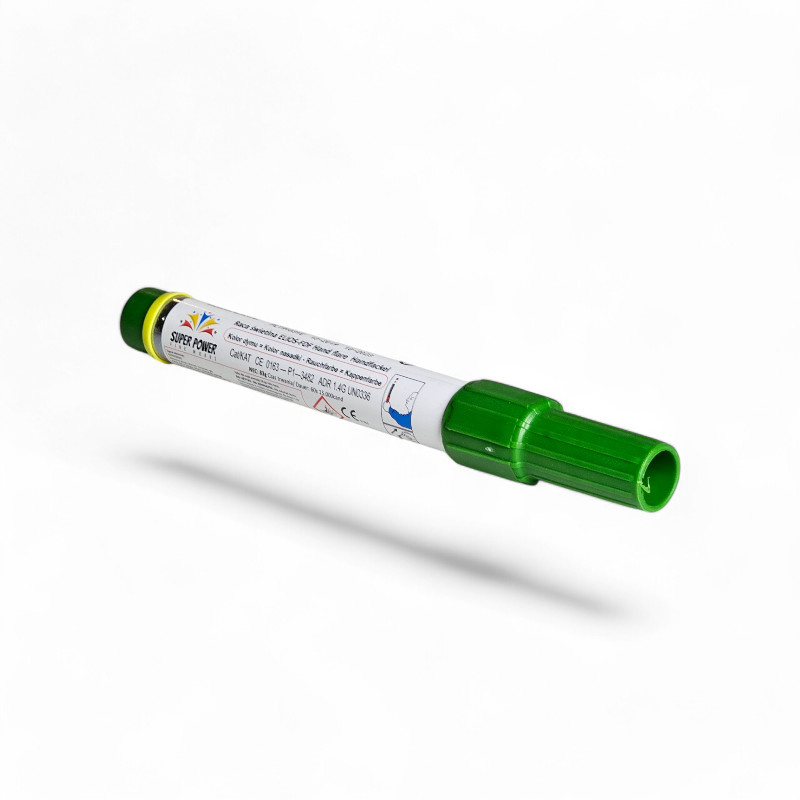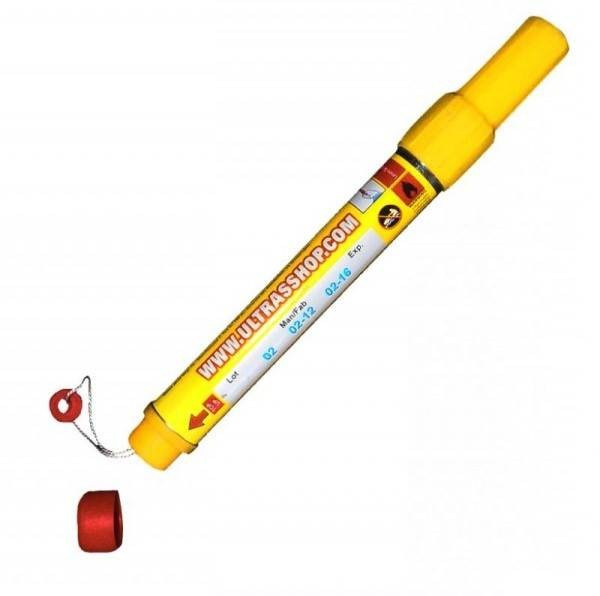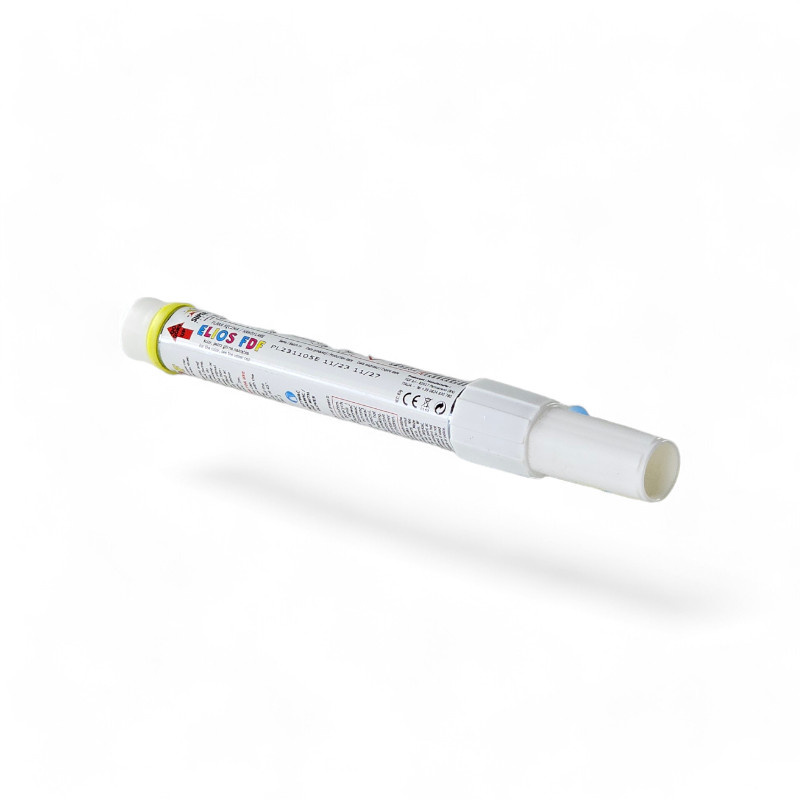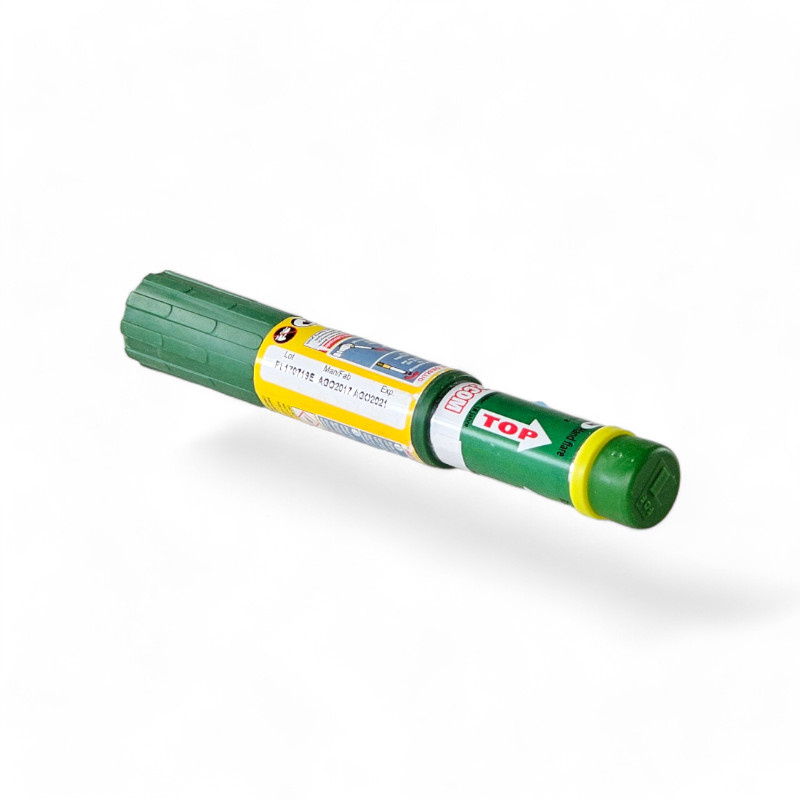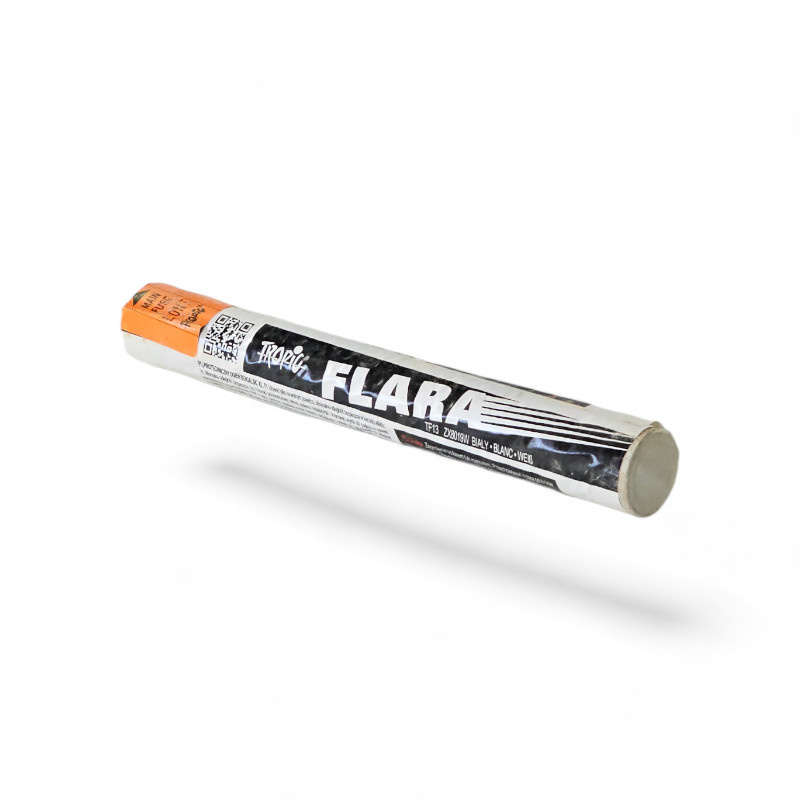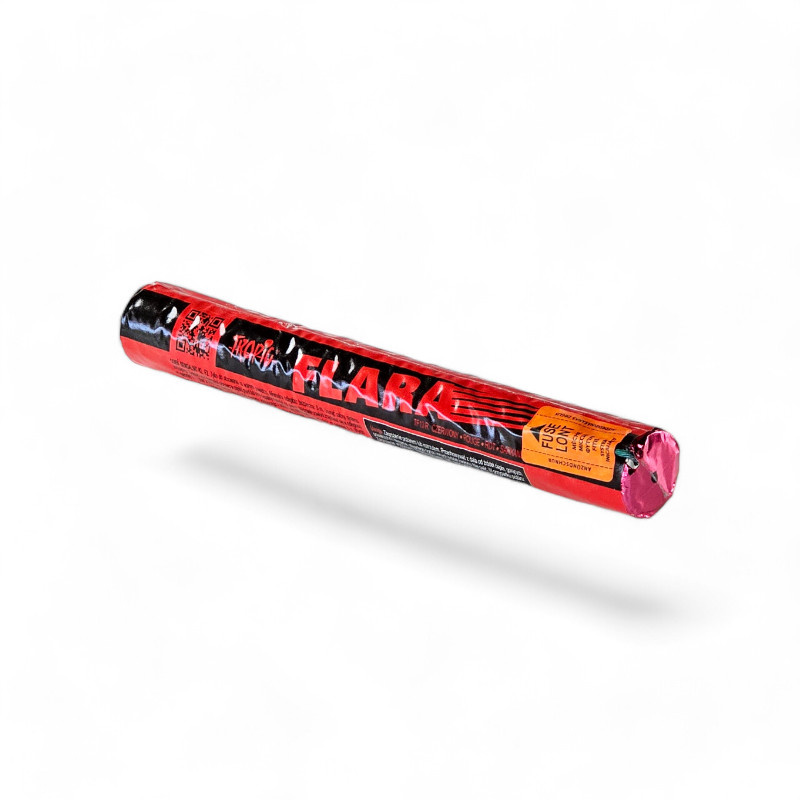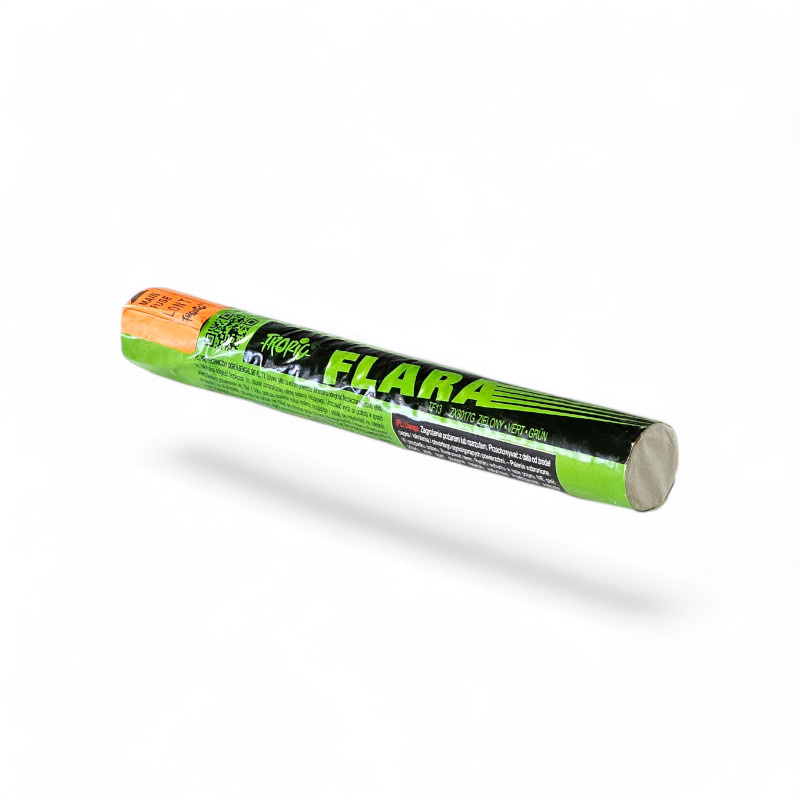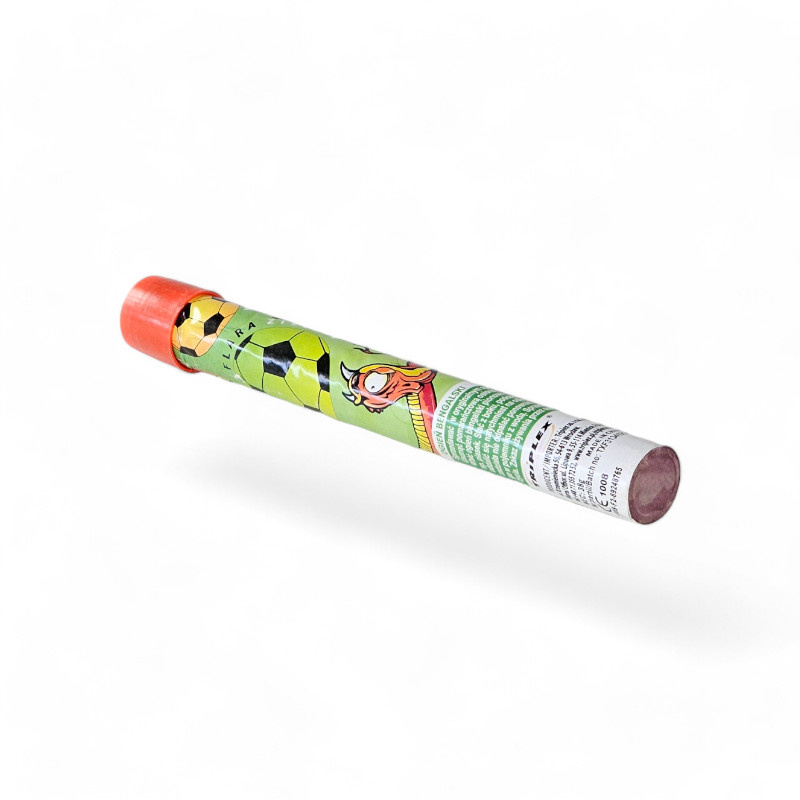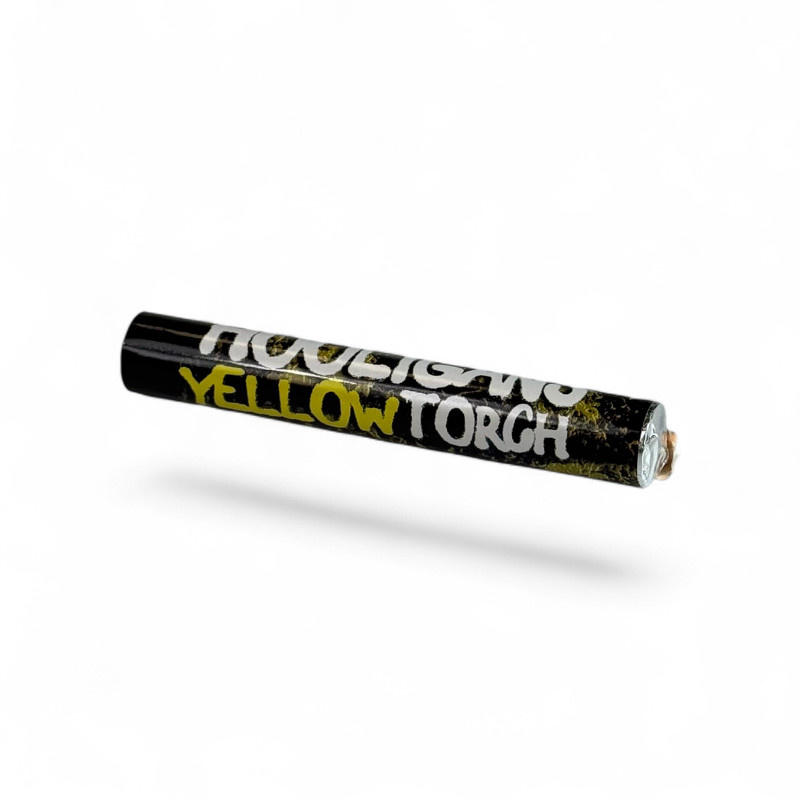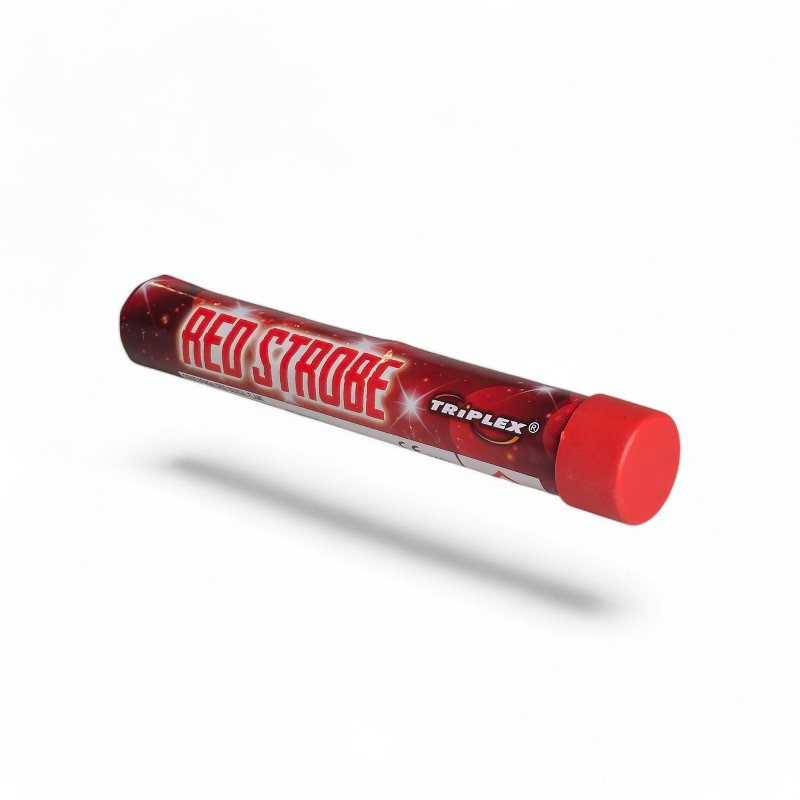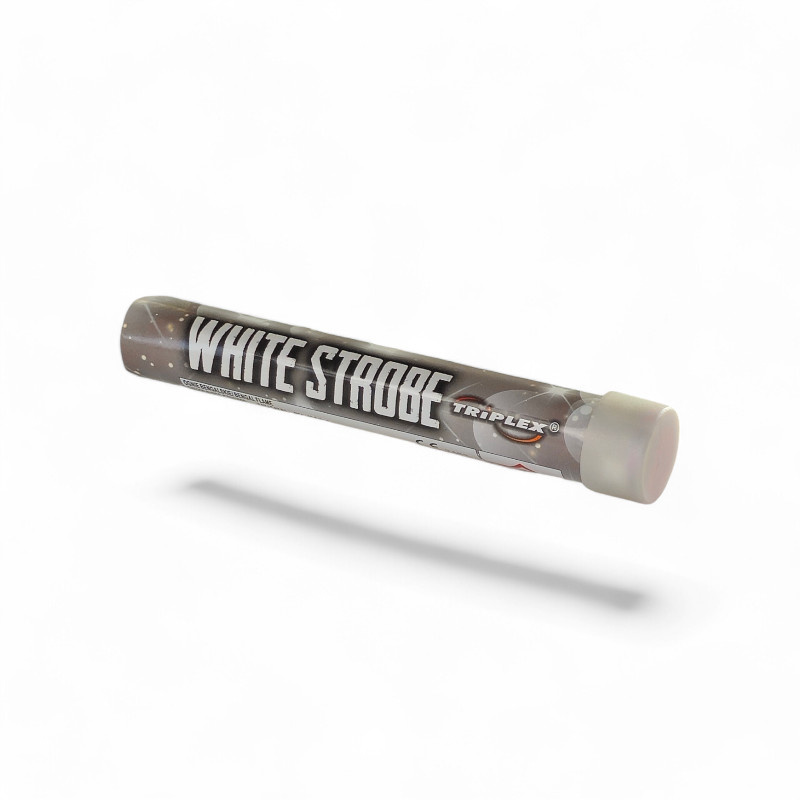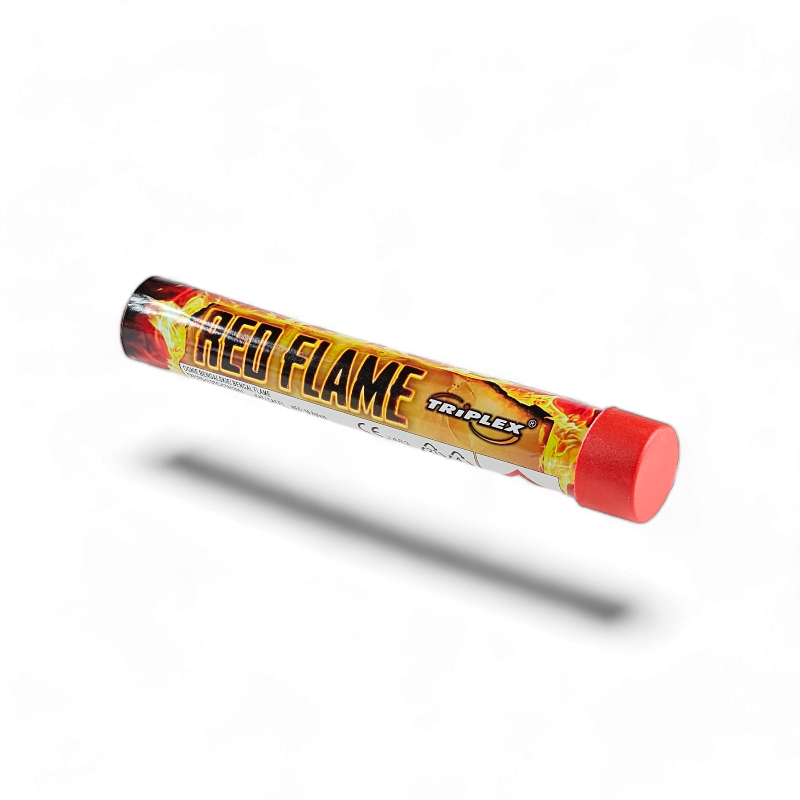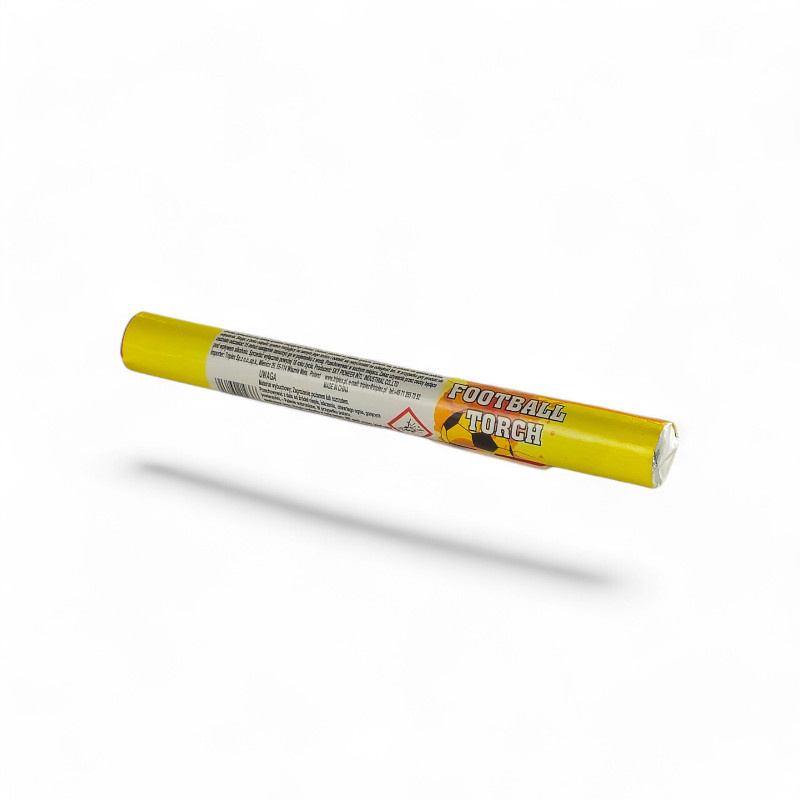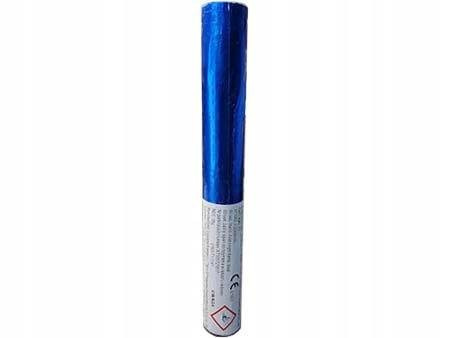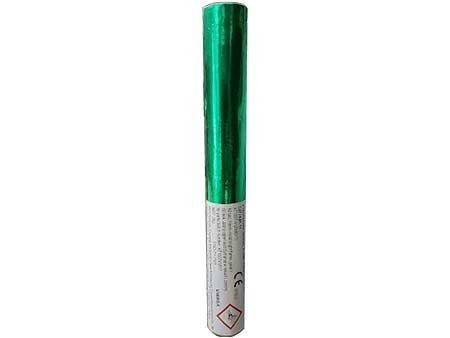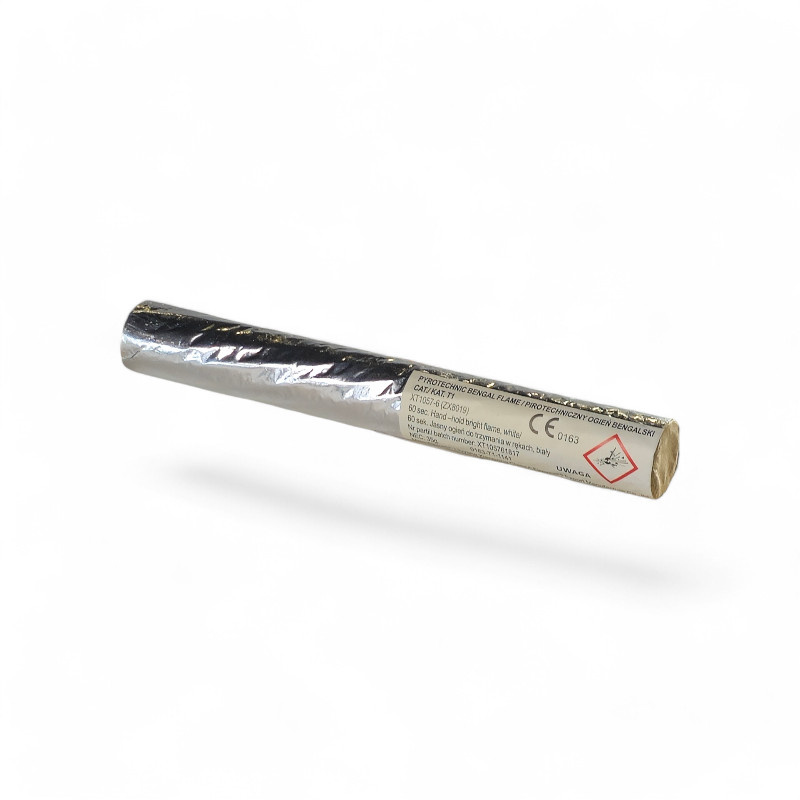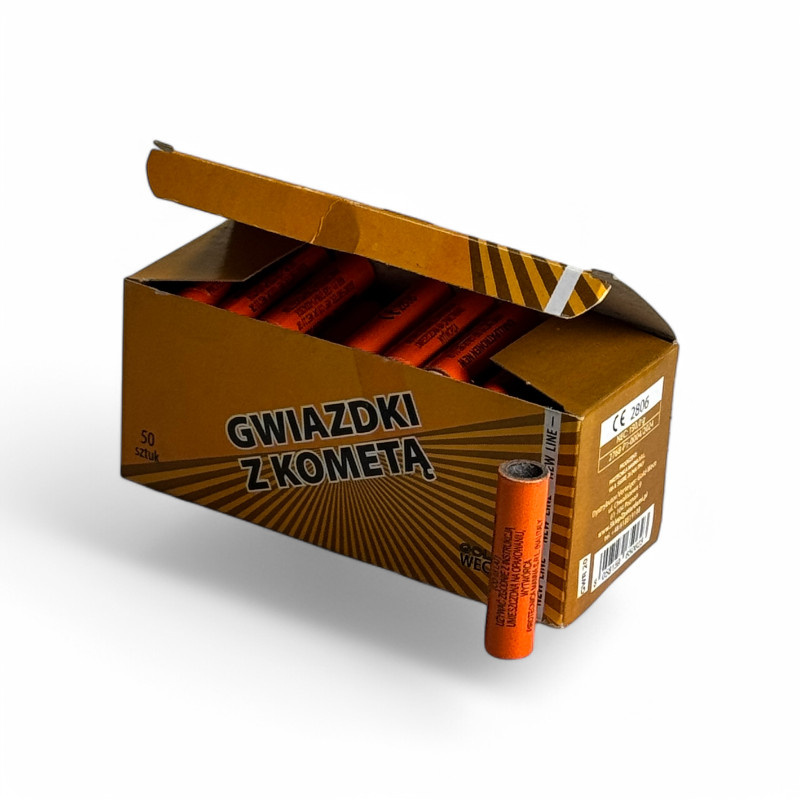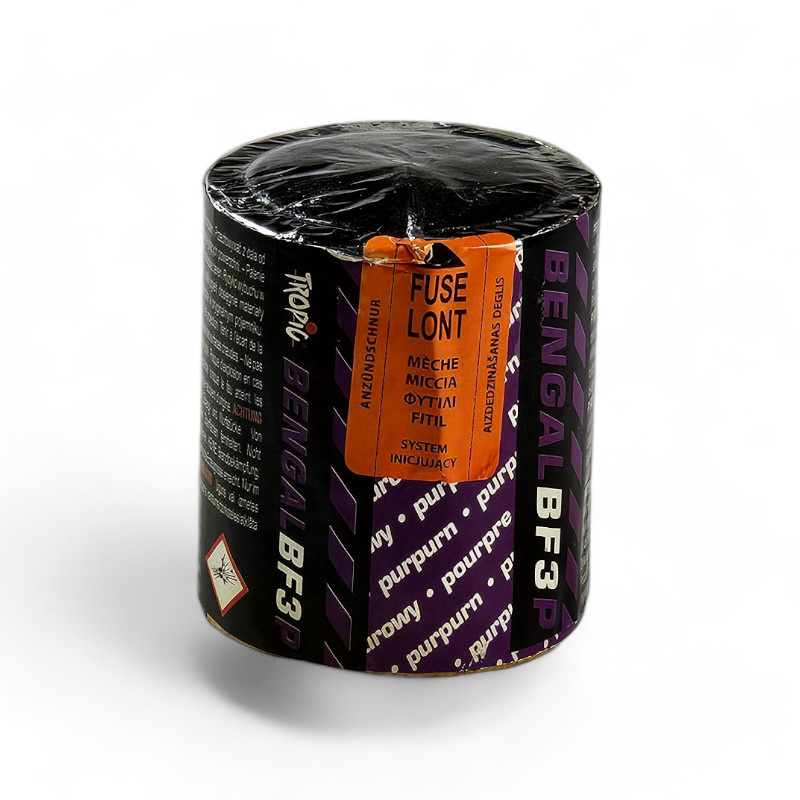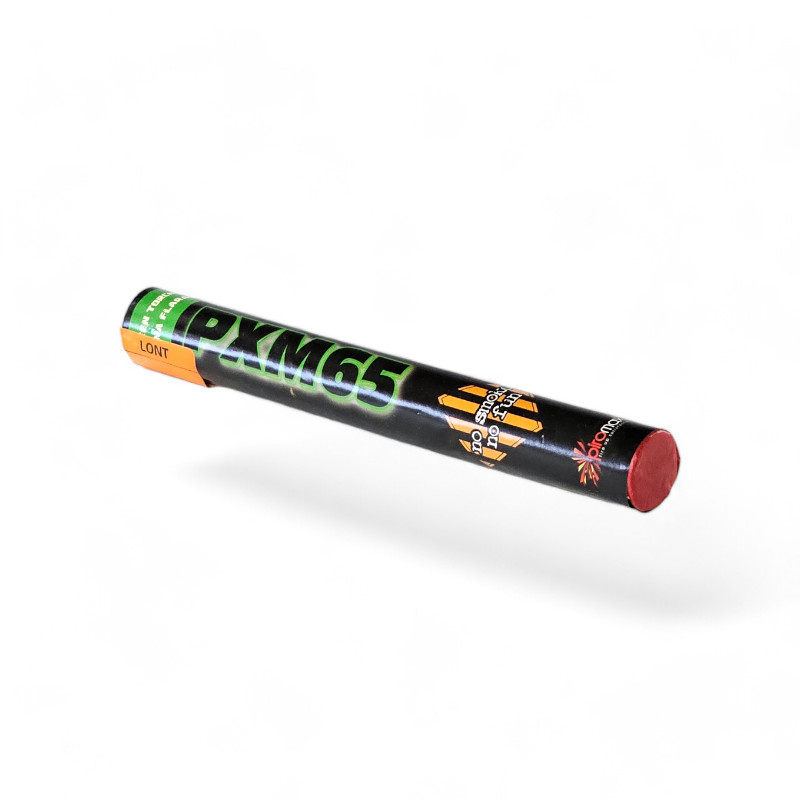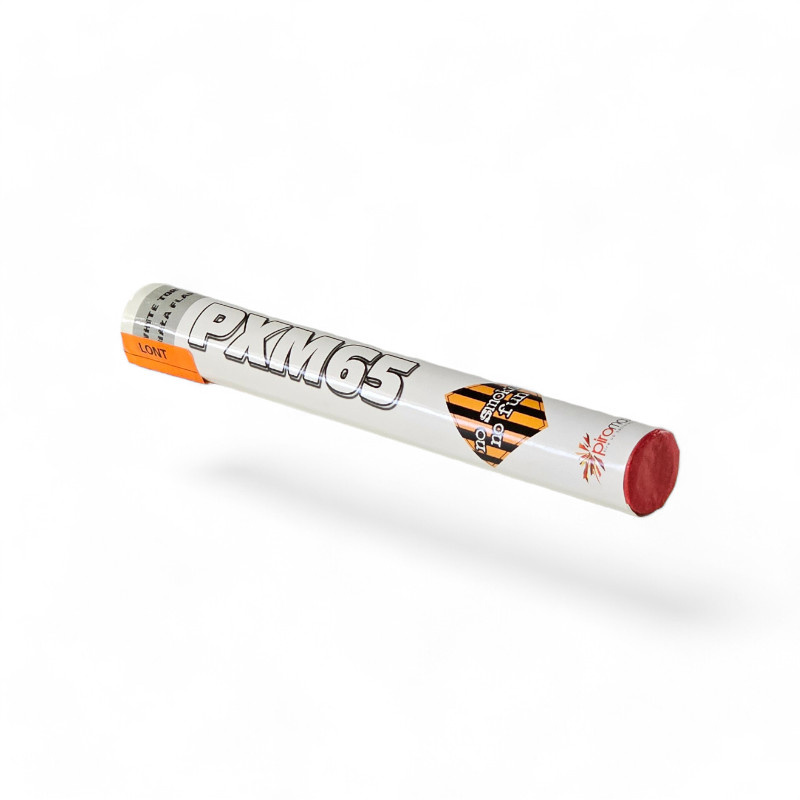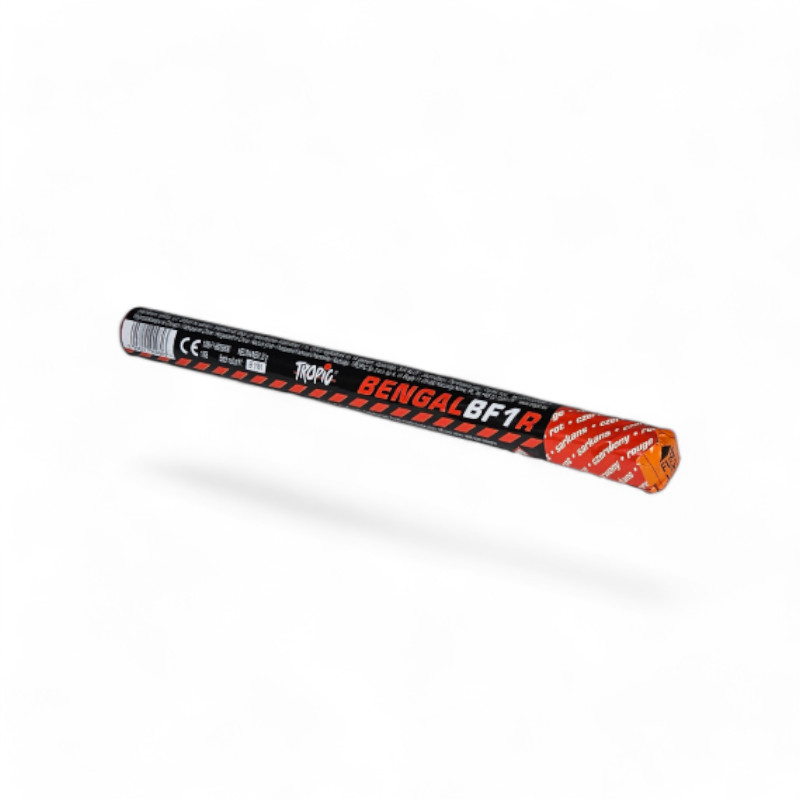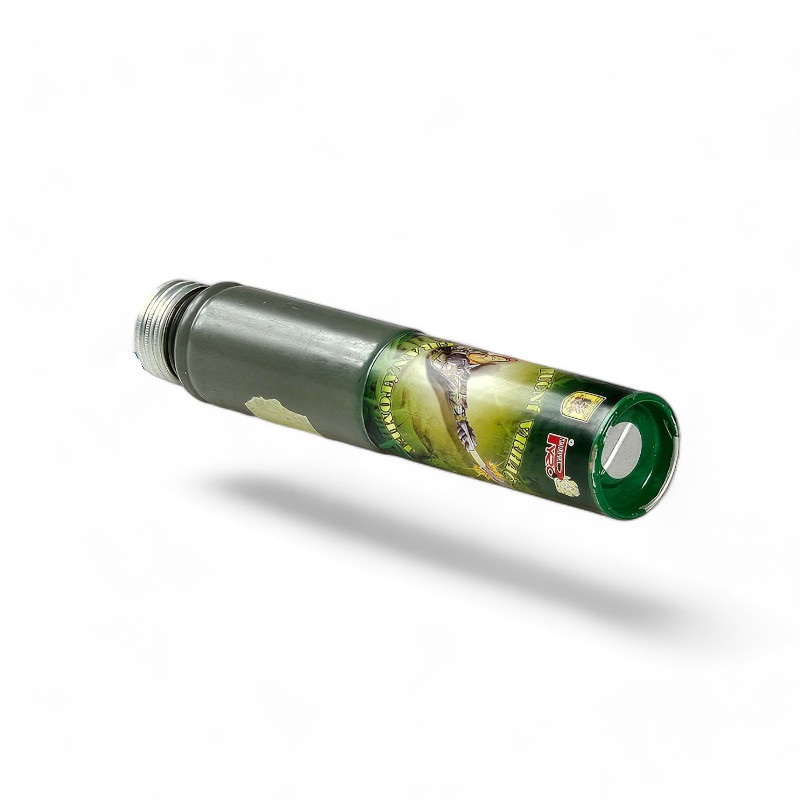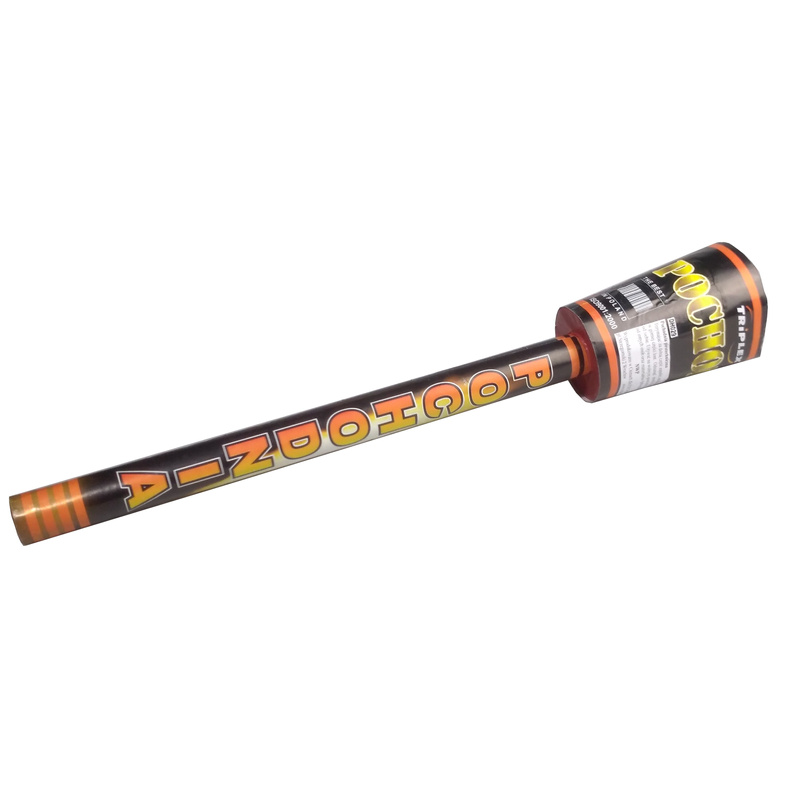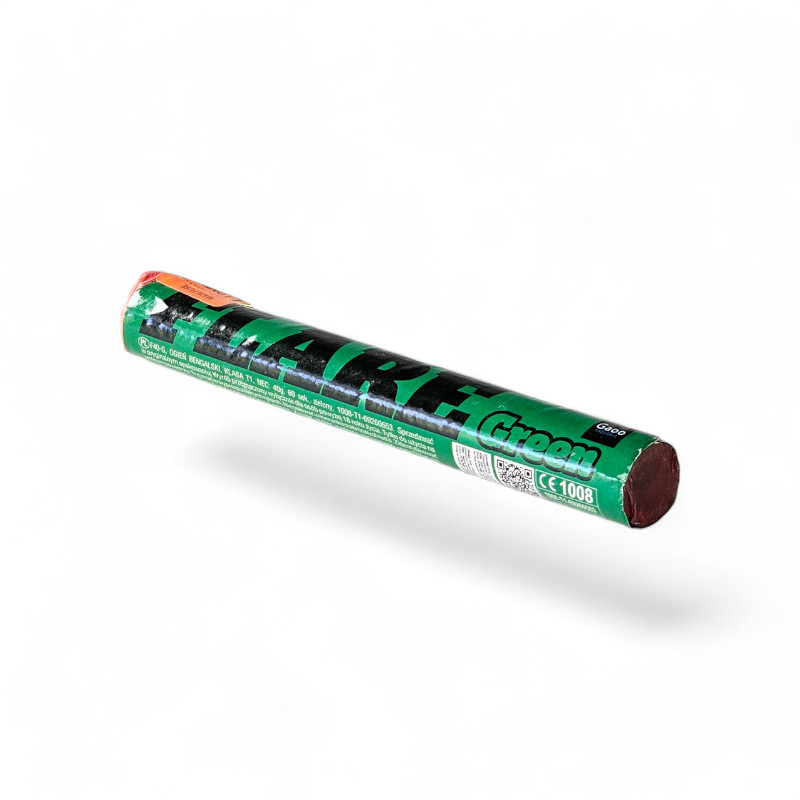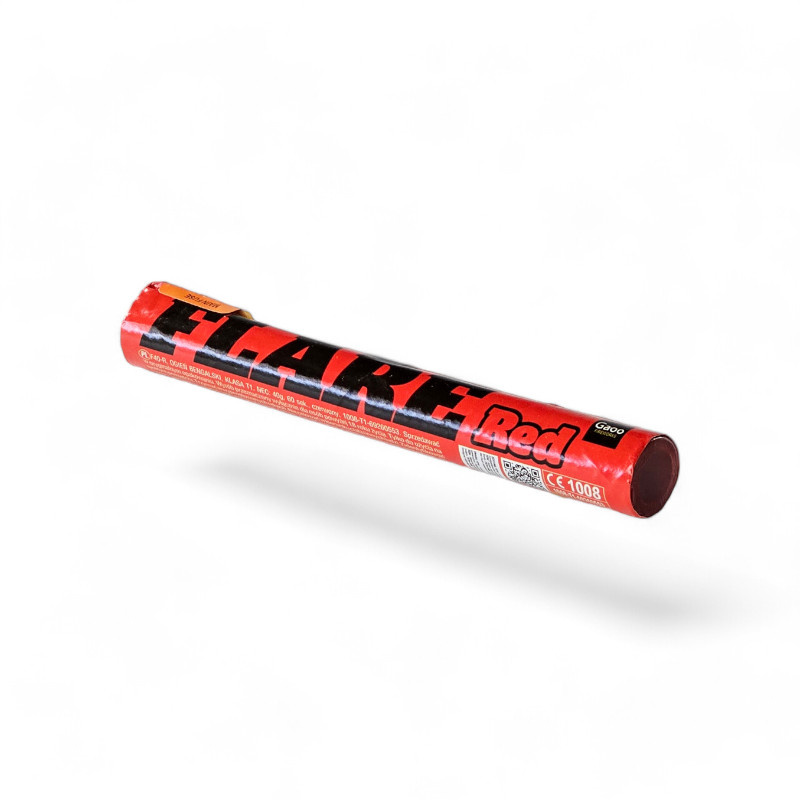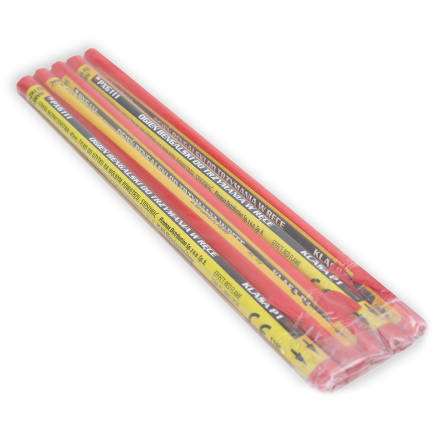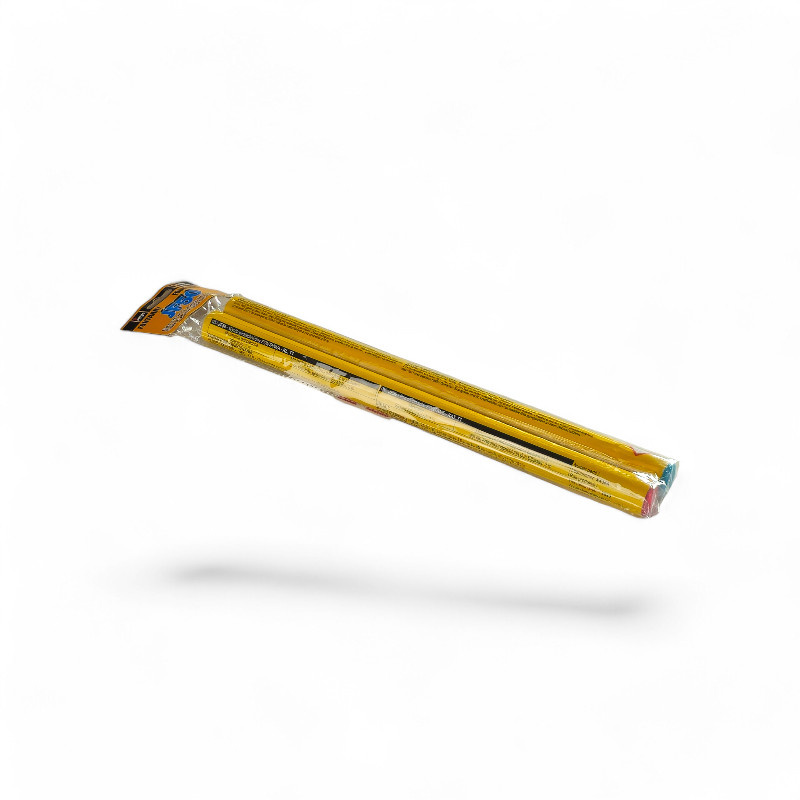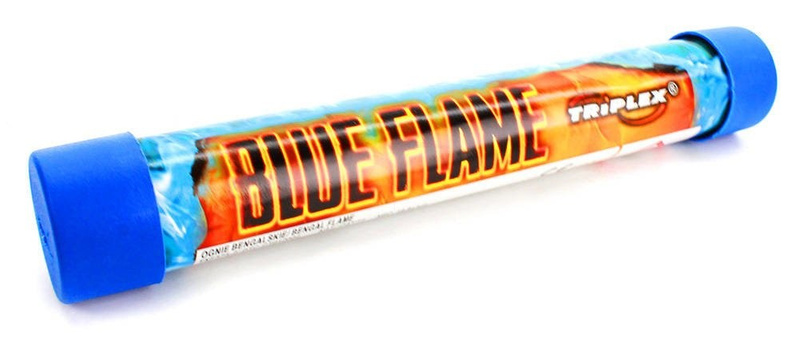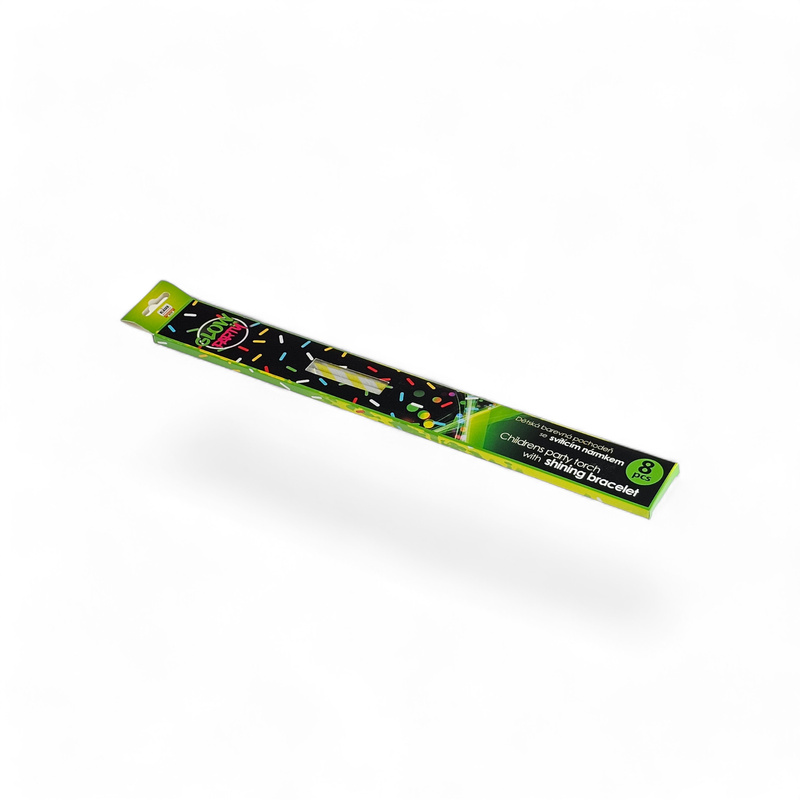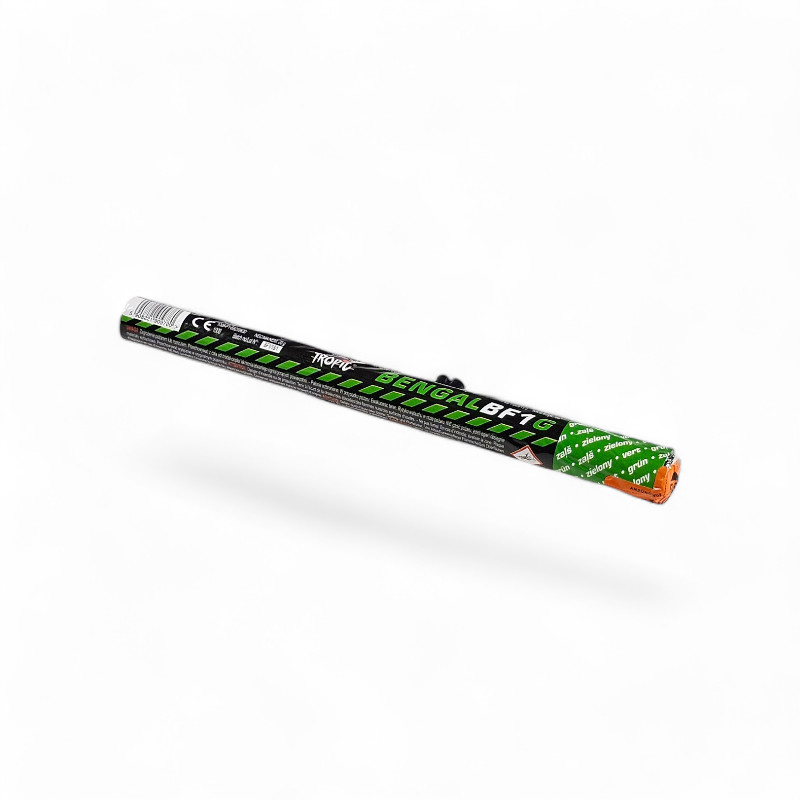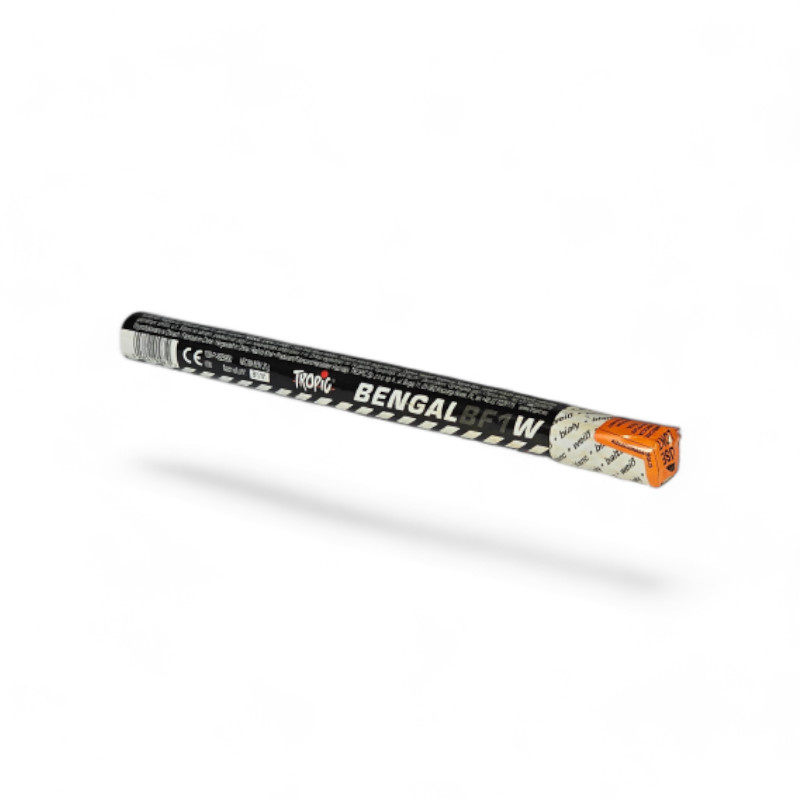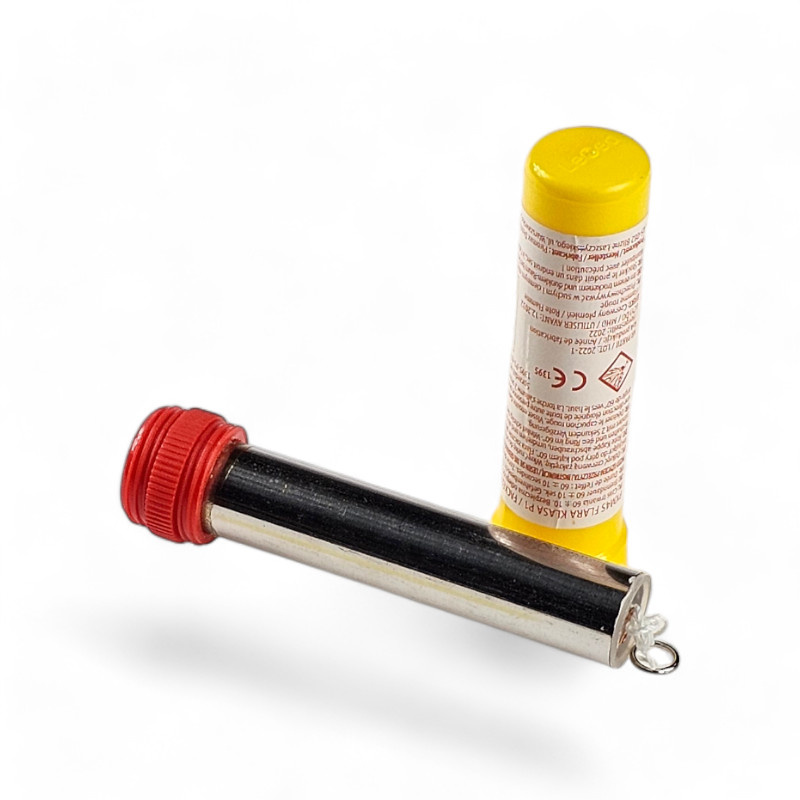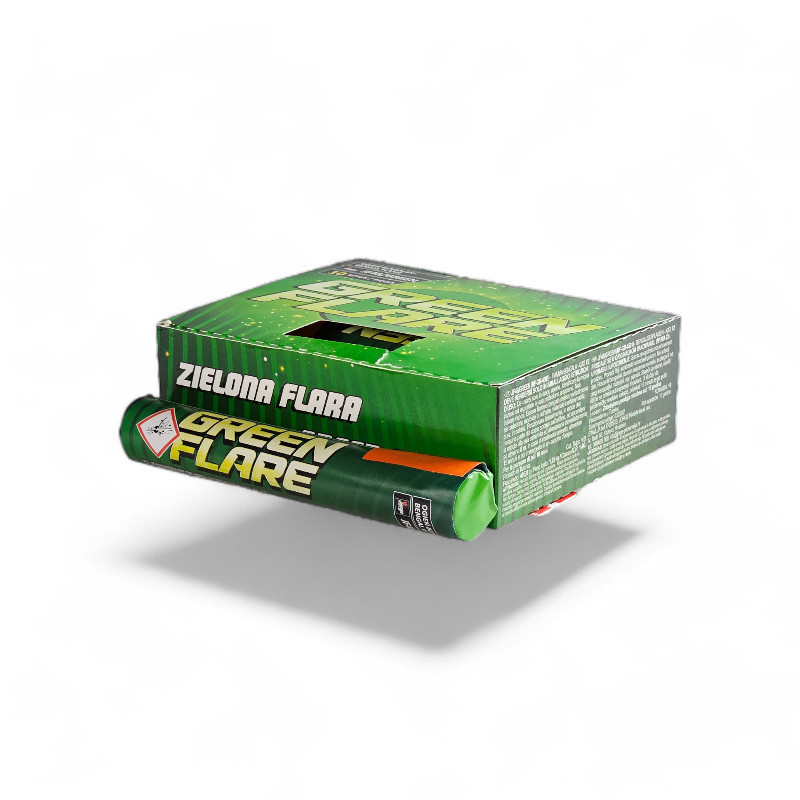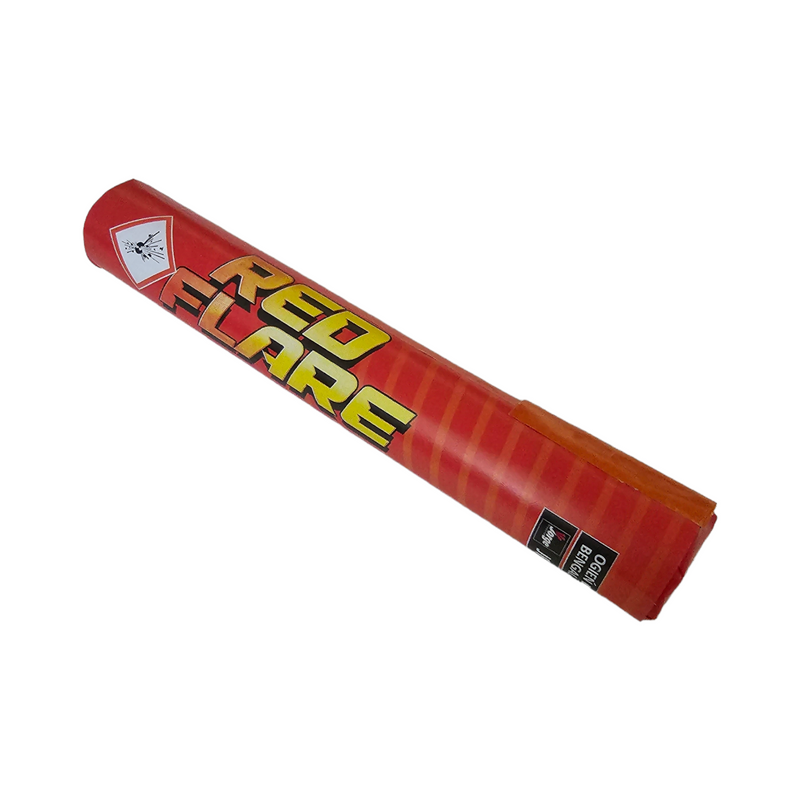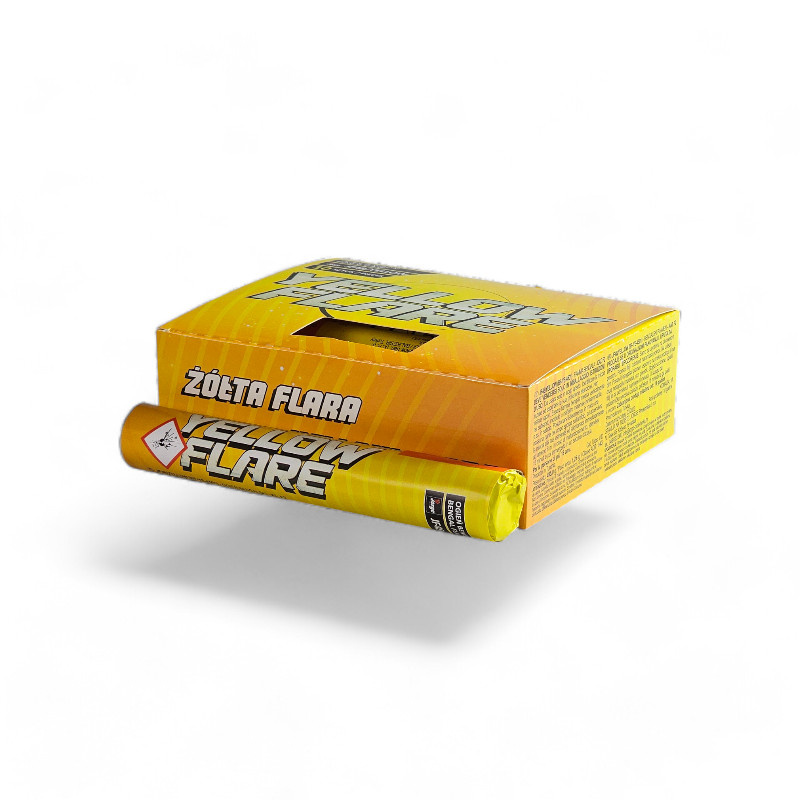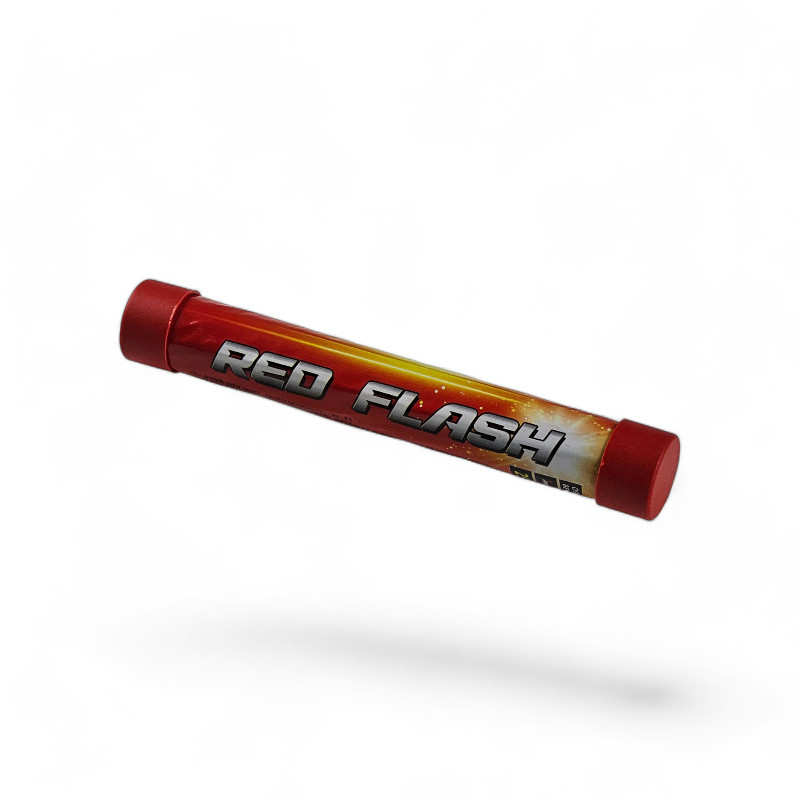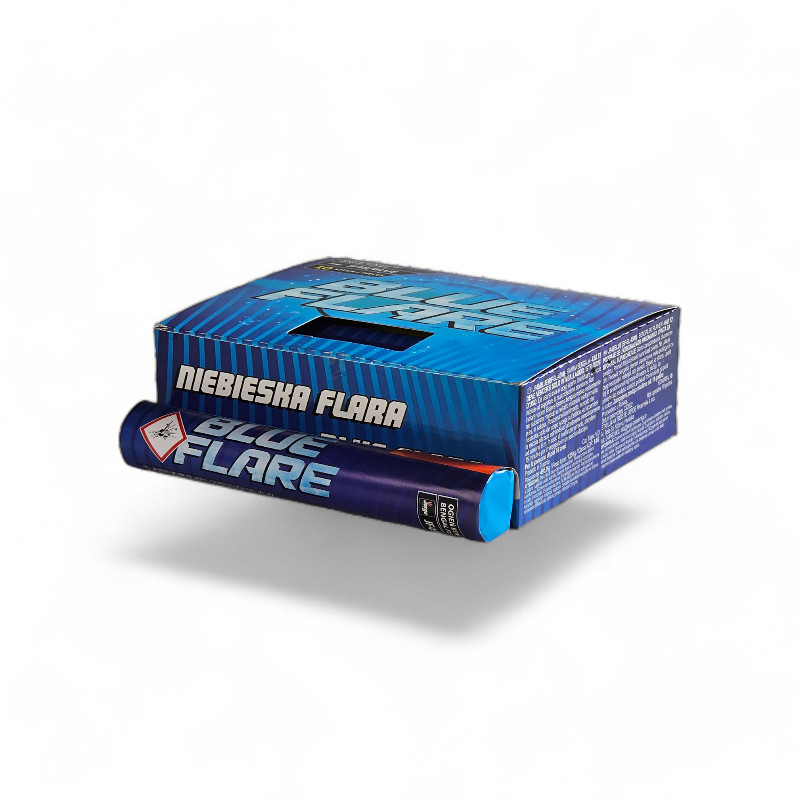What Are Flares Made Of? Composition, Colors & Uses

🔥 What Are Flares Made Of?
Flares are surprisingly simple in both function and composition—which is why they’re considered safe when used correctly. But do you actually know what a flare is made of?
Flares have a long history going back centuries. Early flares were made from basic materials such as wood or reed soaked in flammable substances. Their main purpose was to light up areas or serve as emergency signals. As technology evolved, the design of flares advanced too—transforming these primitive tools into sophisticated pyrotechnic devices. Today, they’re used not only in the military, but also in stadium choreographies, event production, and entertainment.
🎯 What Are Flares Used For?
Throughout history, flares have played a vital role in many fields. In wartime, flares were used as military signals, either to warn of danger or to communicate across battlefields. Sailors have also long relied on flares for maritime signaling and emergency alerts at sea.
Today, flares are still used in military applications, but their scope has expanded. They now feature prominently in event planning, sporting events, concerts, and even wedding shows.
🧪 How Is a Flare Constructed?
The outer shell of a flare is typically made from materials that do not conduct heat, making them safe to hold and easy to use. They're also designed to be lightweight and durable.
Inside, the flare is filled with a pyrotechnic composition. These materials work based on an exothermic reaction—a chemical process that releases heat and light.
The mixture usually includes:
Oxidizers, which release oxygen during combustion.
Reducers, which serve as fuel for the reaction.
This chemical combo is what makes the flare burn brightly and emit heat.
In many flares, the internal mix also includes:
Coloring agents (metallic salts) to produce vivid hues.
Dextrin, a binder that holds the mixture together.
⚡ How Does Flare Ignition Work?
Flares ignite quite simply. Once lit, the chemicals inside start reacting and produce light and smoke.
The ignition system can be:
A built-in igniter
A fuse
A scratch-activated strip, similar to a match
Each method initiates the combustion process and activates the visual effect.
🌈 What Gives Flares Their Color?
The color of a flare depends on the specific metallic salts used in its formulation:
| Color | Chemical Composition |
|---|---|
| White | Magnesium oxide or aluminum oxide |
| Gold | Sodium compounds, sodium nitrate, cryolite |
| Red | Strontium salts, lithium salts, lithium carbonate |
| Blue | Copper chloride |
| Purple | Strontium + copper compounds |
| Silver | Aluminum, titanium |
| Green | Barium chloride |
| Orange | Calcium salts, calcium chloride, calcium sulfate |
Recommended
